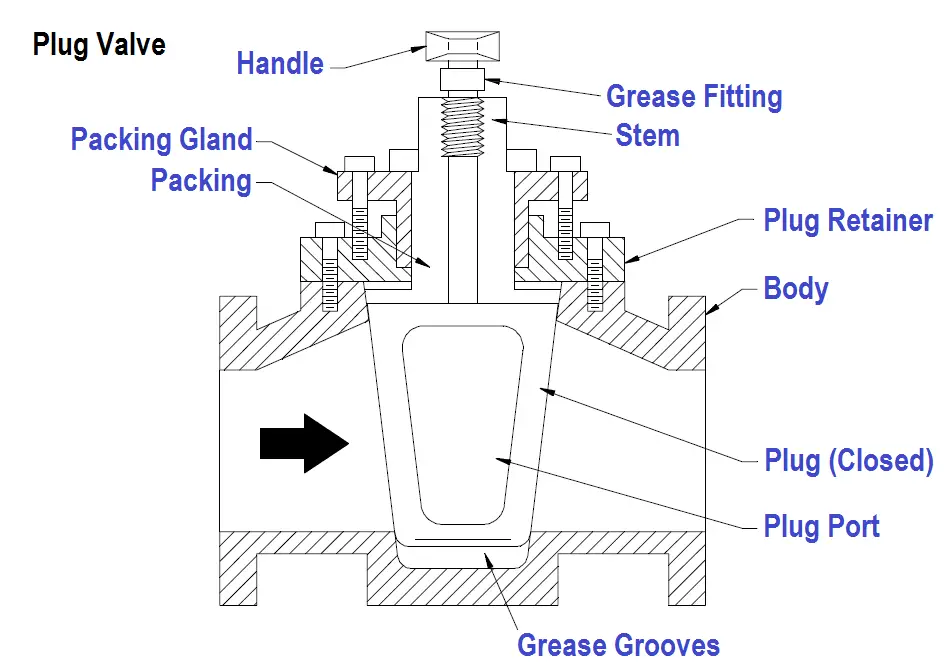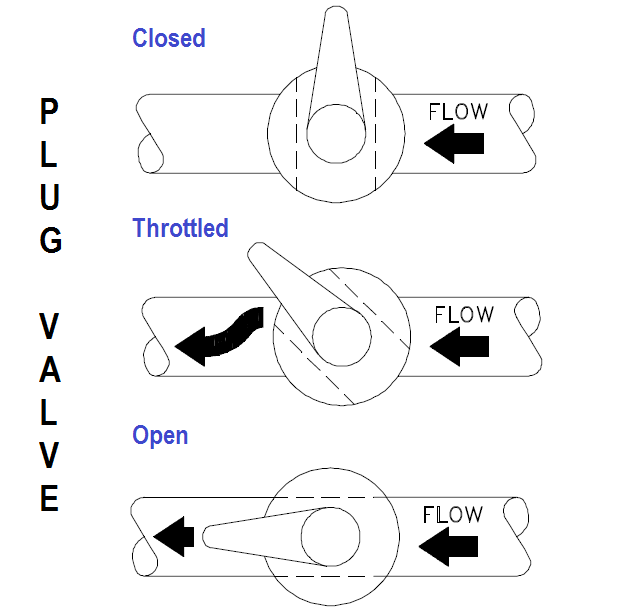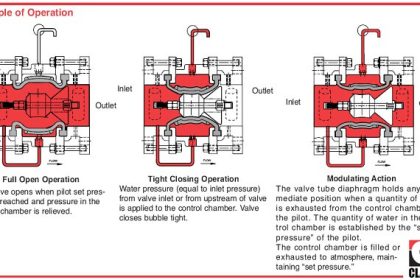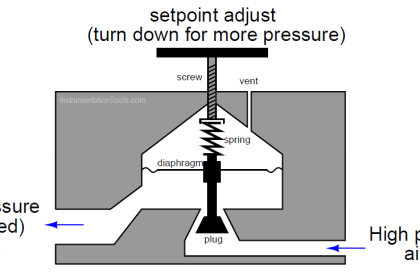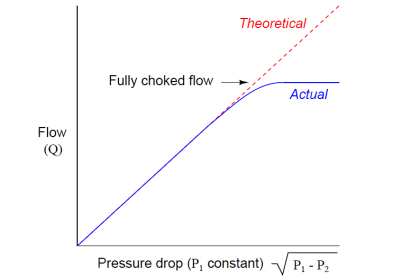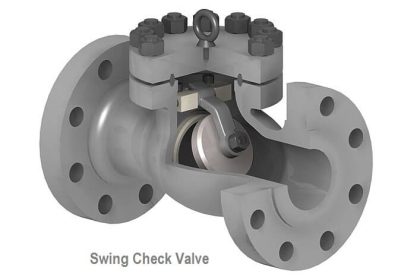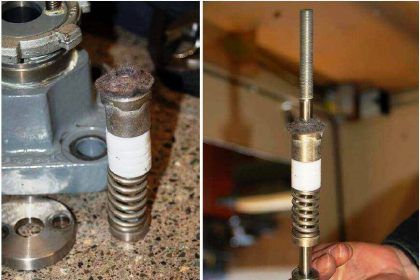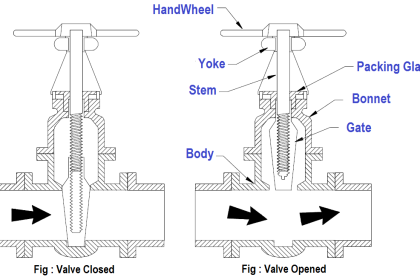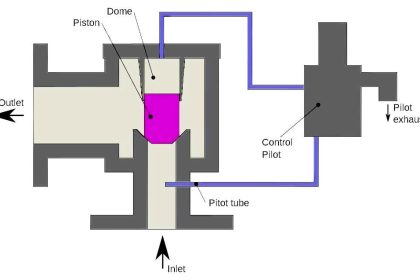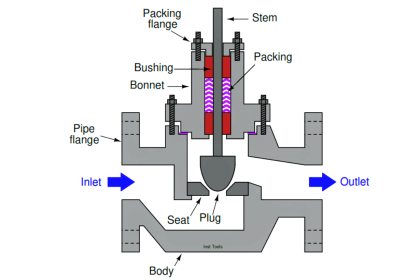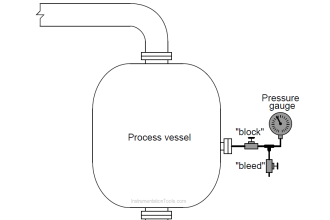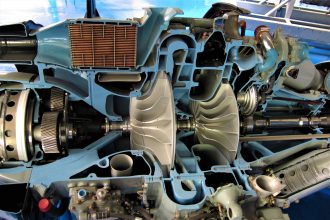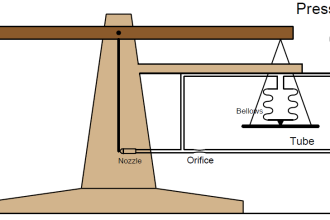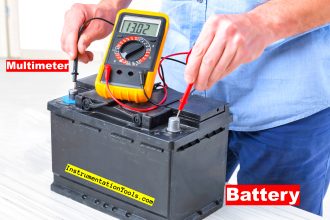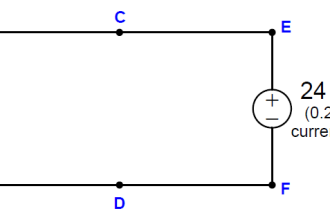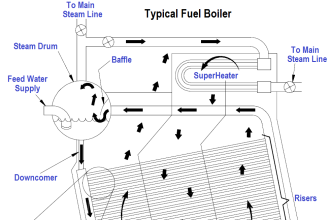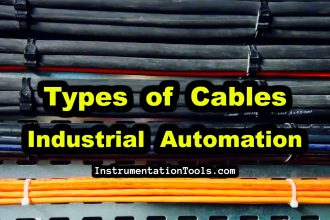A plug valve is a rotational motion valve used to stop or start fluid flow. The name is derived from the shape of the disk, which resembles a plug.
What is Plug Valve ?
A plug valve is shown in below Figure. The simplest form of a plug valve is the petcock. The body of a plug valve is machined to receive the tapered or cylindrical plug. The disk is a solid plug with a bored passage at a right angle to the longitudinal axis of the plug.
Figure : Plug Valve
In the open position, the passage in the plug lines up with the inlet and outlet ports of the valve body.
When the plug is turned 90° from the open position, the solid part of the plug blocks the ports and stops fluid flow.
Plug valves are available in either a lubricated or non-lubricated design and with a variety of styles of port openings through the plug as well as a number of plug designs.
Plug Ports
An important characteristic of the plug valve is its easy adaptation to multiport construction. Multiport valves are widely used. Their installation simplifies piping, and they provide a more convenient operation than multiple gate valves.
They also eliminate pipe fittings. The use of a multiport valve, depending upon the number of ports in the plug valve, eliminates the need of as many as four conventional shutoff valves.
Plug valves are normally used in non-throttling, on-off operations, particularly where frequent operation of the valve is necessary.
These valves are not normally recommended for throttling service because, like the gate valve, a high percentage of flow change occurs near shutoff at high velocity. However, a diamond-shaped port has been developed for throttling service.
Multiport Plug Valves
Multiport valves are particularly advantageous on transfer lines and for diverting services. A single multiport valve may be installed in lieu of three or four gate valves or other types of shutoff valve.
A disadvantage is that many multiport valve configurations do not completely shut off flow.
In most cases, one flowpath is always open. These valves are intended to divert the flow of one line while shutting off flow from the other lines.
If complete shutoff of flow is a requirement, it is necessary that a style of multiport valve be used that permits this, or a secondary valve should be installed on the main line ahead of the multiport valve to permit complete shutoff of flow.
In some multiport configurations, simultaneous flow to more than one port is also possible. Great care should be taken in specifying the particular port arrangement required to guarantee that proper operation will be possible.
Plug Valve Disks
Plugs are either round or cylindrical with a taper. They may have various types of port openings, each with a varying degree of area relative to the corresponding inside diameter of the pipe.
Rectangular Port Plug
The most common port shape is the rectangular port. The rectangular port represents at least 70% of the corresponding pipe’s cross-sectional area.
Round Port Plug
Round port plug is a term that describes a valve that has a round opening through the plug. If the port is the same size or larger than the pipe’s inside diameter, it is referred to as a full port.
If the opening is smaller than the pipe’s inside diameter, the port is referred to as a standard round port. Valves having standard round ports are used only where restriction of flow is unimportant.
Diamond Port Plug
A diamond port plug has a diamond-shaped port through the plug. This design is for throttling service. All diamond port valves are venturi restricted flow type.
Lubricated Plug Valve Design
Clearances and leakage prevention are the chief considerations in plug valves. Many plug valves are of all metal construction. In these versions, the narrow gap around the plug can allow leakage.
If the gap is reduced by sinking the taper plug deeper into the body, actuation torque climbs rapidly and galling can occur. To remedy this condition, a series of grooves around the body and plug port openings is supplied with grease prior to actuation.
Applying grease lubricates the plug motion and seals the gap between plug and body. Grease injected into a fitting at the top of the stem travels down through a check valve in the passageway, past the plug top to the grooves on the plug, and down to a well below the plug.
The lubricant must be compatible with the temperature and nature of the fluid. All manufacturers of lubricated plug valves have developed a series of lubricants that are compatible with a wide range of media. Their recommendation should be followed as to which lubricant is best suited for the service.
The most common fluids controlled by plug valves are gases and liquid hydrocarbons. Some water lines have these valves, provided that lubricant contamination is not a serious danger.
Lubricated plug valves may be as large as 24 inches and have pressure capabilities up to 6000 psig. Steel or iron bodies are available. The plug can be cylindrical or tapered.
Non-lubricated Plug Valve
There are two basic types of non-lubricated plug valves: lift-type and elastomer sleeve or plug coated.
Lift-type valves provide a means of mechanically lifting the tapered plug slightly to disengage it from the seating surface to permit easy rotation. The mechanical lifting can be accomplished with a cam or external lever.
In a common, nonlubricated, plug valve having an elastomer sleeve, a sleeve of TFE completely surrounds the plug. It is retained and locked in place by a metal body.
This design results in a primary seal being maintained between the sleeve and the plug at all times regardless of position. The TFE sleeve is durable and inert to all but a few rarely encountered chemicals. It also has a low coefficient of friction and is, therefore, self-lubricating.
Manually Operated Plug Valve
Installation When installing plug valves, care should be taken to allow room for the operation of the handle, lever, or wrench.
The manual operator is usually longer than the valve, and it rotates to a position parallel to the pipe from a position 90° to the pipe.
Plug Valve Glands
The gland of the plug valve is equivalent to the bonnet of a gate or globe valve. The gland secures the stem assembly to the valve body. There are three general types of glands: single gland, screwed gland, and bolted gland.
To ensure a tight valve, the plug must be seated at all times. Gland adjustment should be kept tight enough to prevent the plug from becoming unseated and exposing the seating surfaces to the live fluid.
Care should be exercised to not over-tighten the gland, which will result in a metal-to-metal contact between the body and the plug. Such a metal-to-metal contact creates an additional force which will require extreme effort to operate the valve.
